Whether a material is calculated for making fuel pellets mainly depending on the following principles. First, the material should have a relative high combustion value. The second is that the combustion value of the material should be higher than the cost to process it into fuel pellets. Verified by test, A wide array of agricultural waste materials are available to make biomass pellets.
Directions for Agricultural Waste Pellets Production
The agri-waste pellets making procedure is similar to wood pellets making, including raw material collection, raw material crushing, moisture content control, biomass pelletizing, pellets cooling and packaging. However there are two matters you should pay attention in agricultural waste pellets making.
A.Binder
Sawdust is a suitable feedstock for pelleting because the lignin naturally in the wood could act as a glue to hold the pellet together. However this will varies with different agricultural materials. When the materials can’t stick together in a pellet machine, it mean that there are not enough lignin in the materials. In this case, you may add a “binder” material to the biomass to help it stick together, or to mix a fraction of sawdust to the raw materials to help them stick into pellets.
B.Imperative feeder device
The agri-waste materials is commonly in low-density thus it won’t fall into the pelletizing room smoothly. Adding an imperative feeder device to your biomass pellet machine will work and improve the production efficiency.
|
Feedstock
|
Bulk Density(kg/m³)
|
Energy Content(MJ/Kg)
|
Ash Content(%)
|
Reference
|
|
sawdust
|
606
|
20.1
|
0.45
|
2
|
|
bark
|
676
|
20.1
|
3.7
|
2
|
|
grass
|
445
|
19.2
|
4.5
|
3.7
|
|
wheat straw
|
475
|
16
|
6.7
|
3.9
|
|
barley straw
|
430
|
17.6
|
4.9
|
3.8
|
|
corn stalk
|
550
|
17.8
|
3.7
|
3.1
|
Agricultural Waste Materials Available for Biomass Fuel Pellets
crop stalk: corn stalk, sorghum stalk, sunflower stalk, cotton stalk, mustard stalk, soybean stalk, etc.
straw materials: rice straw, wheat straw, peanut straw, alfalfa straw, etc.
shell material: groundnut shell, peanut shell, coconut shell, sunflower seed shell, rice husk, coffee husk, etc.
Other materials: sugarcane bagasse, bamboo dust, tobacco waste, tea waste, etc.
We are experts in biomass pelleting and fuel pellets application. If you’ve got problems in biomass pellets making or you want to develop your biomass pellet business, biopelletmachine is your best choice!
Agricultural Waste Pellets Application Directions
With features of economical, clean, and easy to operate, agricultural waste pellets have got flaming popularity in home and industries. Agricultural waste materials have a higher ash content than wood pellets. In addition, some agricultural materials generate ash that tends to form clumps and deposits at high temperatures. Because of this, most wood pellet stoves are not suitable for burning fuel pellets made from agricultural waste pellets. So a specially designed “biomass pellet stove” is needed when burning the agricultural waste pellets to avoid jam in pellet burning place.

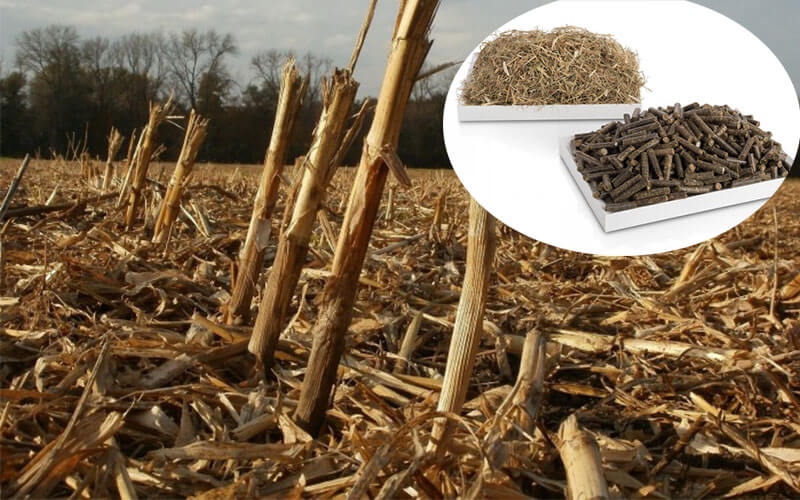


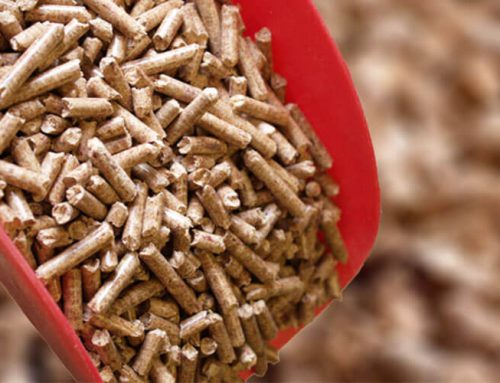
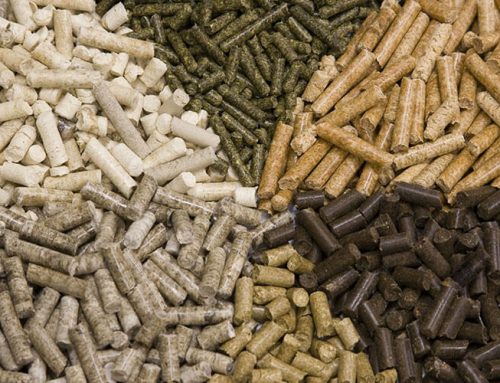
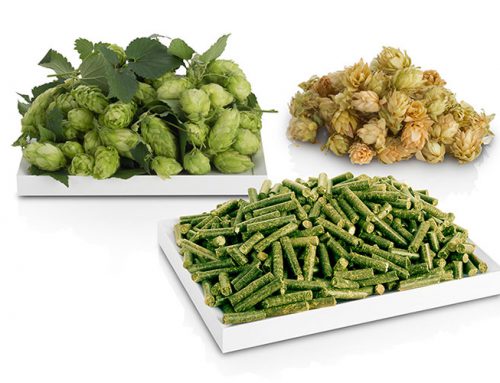
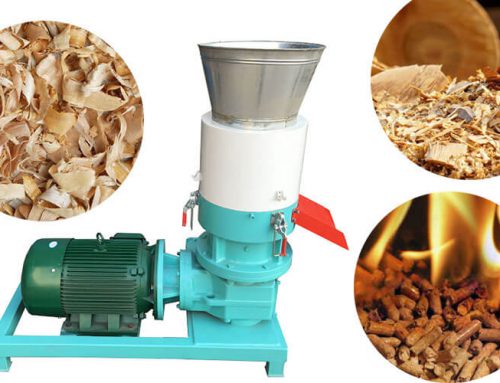
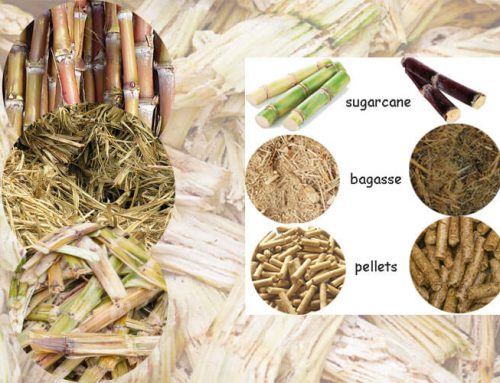
Leave A Comment